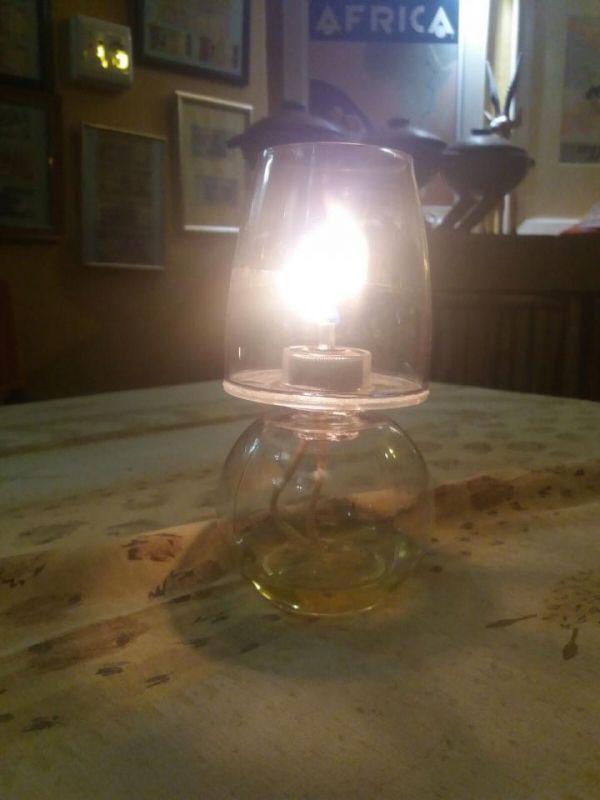Exposure to black carbon particles is 81% higher among Mozambican women who use kerosene as the main source of energy for lighting compared to those who use electricity. This was the main finding of a study undertaken by the Barcelona Institute for Global Health (ISGlobal), an institute supported by ”la Caixa”, in collaboration with the Manhiça Health Research Centre (CISM) in Mozambique and the Institute of Environmental Assessment and Water Studies (IDAEA) in Barcelona.
The study, which has been published in the journal Environment International, recruited 202 women aged between 12 and 49 years living in Manhiça, a semi-rural region located 80 kilometres north of Maputo, Mozambique. During the study period, the women wore a portable device which recorded their personal exposure to black carbon (soot) 24 hours a day. In addition, all the participants answered a detailed questionnaire about their domestic habits and the characteristics of their homes. During the one-year study period, ambient levels of fine particulate matter (PM2.5), black carbon, and elemental carbon were measured once every three days in samples collected by a stationary sampling device installed in the CISM facilities.
Black carbon is one of the components of PM2.5 (particles with a diameter smaller than 2.5 millionths of a metre), an air pollutant that is harmful to both human health and the planet. Black carbon from domestic combustion generates 25% of global anthropogenic PM2.5 emissions and 80% of those produced in Africa.
Read more at Barcelona Institute for Global Health (ISGlobal)
Image: This is a kerosene lamp in Manhiça (Mozambique). (Credit: Margarita Triguero (ISGlobal))


